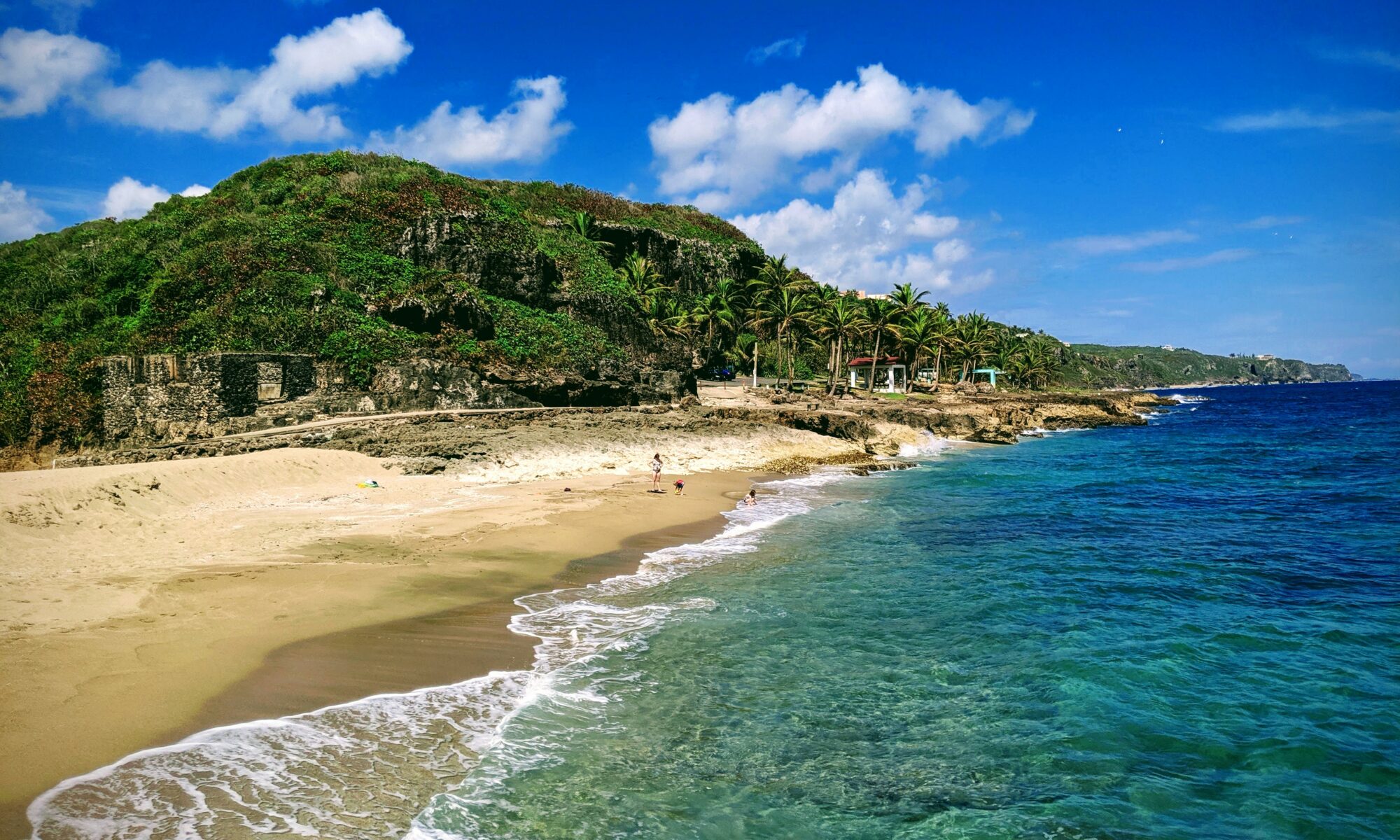
Day three started off at Independence Rock. It got the name because if you weren’t as far as this landmark by July 4th on your trip to Oregon or California, you probably wouldn’t make it before the first mountain snowfalls west of here. Technically, we were there after July 4th, but we didn’t run into any snowfall.

Names were carved into the face of the rock. We only got pictures of a few of them, as neither one of us wanted to ascend the entire formation, and there weren’t exactly signs pointing to the specific locations where these carvings were to be found. Still, we saw a few of them. It was one of those times where you think about how “Wagon Train Along Oregon Trail” is non-specific, where you don’t necessarily think about individuals along that trip that made the journey and survived or perished. Here are instances where you see evidence of “B. Snow,” or other specific people that were at that specific location 150+ years ago. Crazy.

From Independence Rock, we continued another few hours to South Pass, which is at the Continental Divide. It looks quite a bit different up in Wyoming than it does down in Colorado (we saw that too, incidentally, on the return trip), as it’s flatter and eminently more “passable” for a group of wagons than the Rocky Mountains are.
Of course, now, there’s an interstate highway system (Interstate 80) that makes its way just south of this location, but being the historically accurate explorers we are, we took WY-28 to get here. Technically, there’s only a brief rest stop at this location, but nearby, there’s a dirt road that goes off into through some fields to get to the real “South Pass.” And guess who has all-wheel drive?

The road really wasn’t all that bad, but we were still glad we had the additional ground clearance and AWD, as there were more than a few times where one side of the Forester was a good 12″ higher than the other side of it. Rain was coming in, so we didn’t stay too long, but we got a feel for how high up we were (about 7,500 ft), yet how flat it was. It was no wonder why the wagons went this way rather than through the Rockies.

While we were at South Pass, we also saw a few markers left in honor of two famous travelers: Narcissa Whitman (left) and Ezra Meeker (right). Whitman was the first European-American woman to cross the Rockies. She was a Christian missionary that made the trip around 1836 and largely proved that women could make the trip, paving the way for families to come out.
Ezra Meeker made the trip in 1852 when he was 22. From 1906 to 1908, convinced that the Oregon Trail was going to be forgotten, he made a much publicized trip along the Trail by wagon, placing monuments along the way (including this one). He did it again by ox cart from 1910-1912, and by plane in 1924. Note that he was in his late 70s when he made these wagon trips. Regardless, his work is largely responsible for the trip we were able to take 100 years later.

By this point in our journey, we were running low on things to see. That is to say, points of interest along this portion of the trail become more sparse. At least, monuments and big things become more “sparse,” while grave sites and famous Indian War battle sites start to predominate.
Soda Springs, however, was mentioned in the Oregon Trail game and was definitely worth the stop. Sure, we’ve got spring water in Missouri, and “hot springs” down in Arkansas (among other places), but at this intriguing site, the spring water is naturally carbonated. There are multiple springs in this area, and Hooper Spring was one of the more famous locations.

Obviously, this isn’t what it looked like back then, but you can still hear the water bubbling as it comes up out of the ground. It’s a nice little stop, though this particular spring is surrounded by mining and construction, so it isn’t quite as picturesque as some of the other places we stopped. Still, if you’re ever in the area, it’s worth a quick stop.
After stopping at Soda Springs, we booked it across Idaho to the Twin Falls/Jerome region, had dinner, and stayed at a KOA in the back of the car for a night.
Only one more day on the trail! Next stop, Oregon City!
